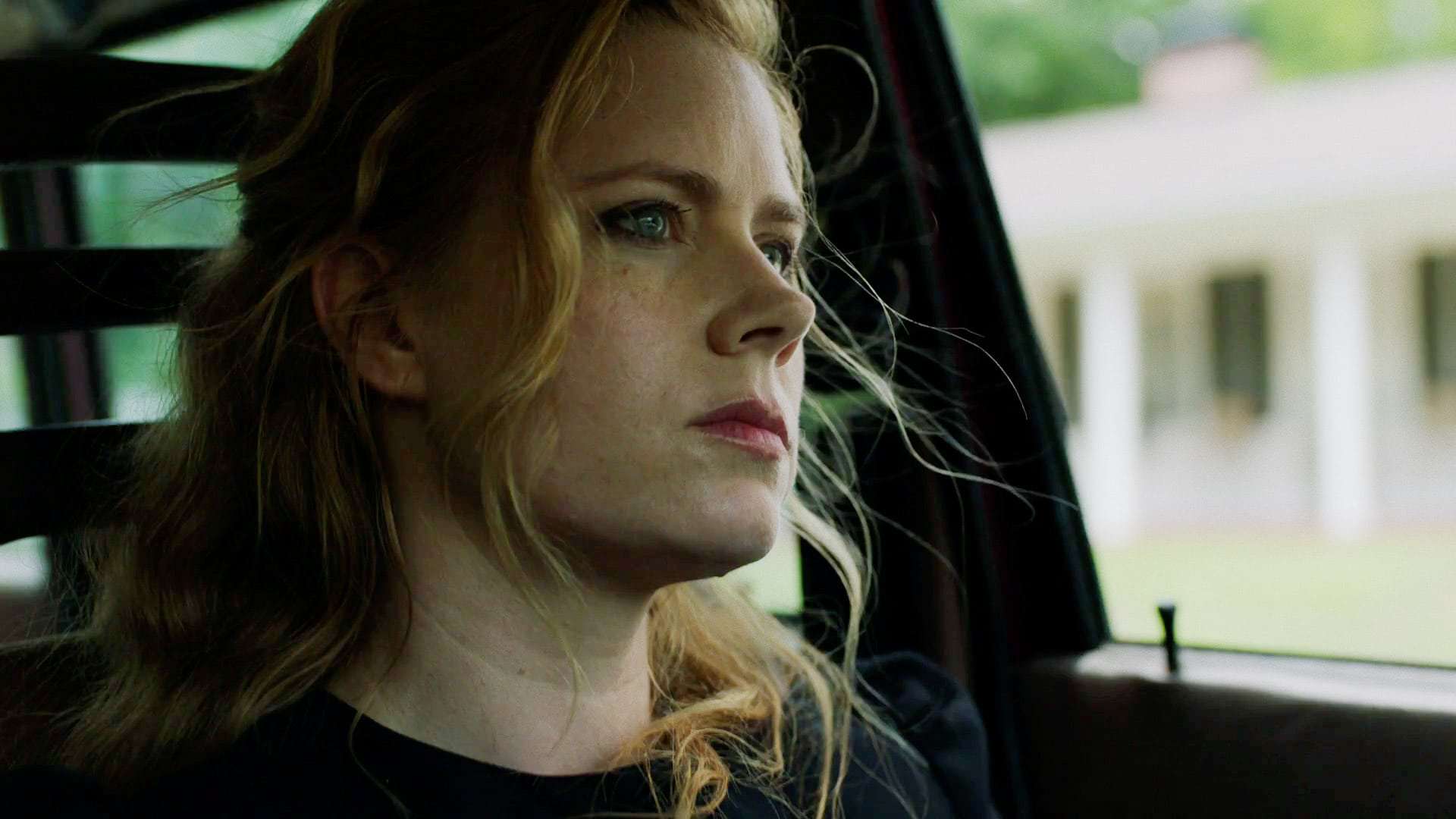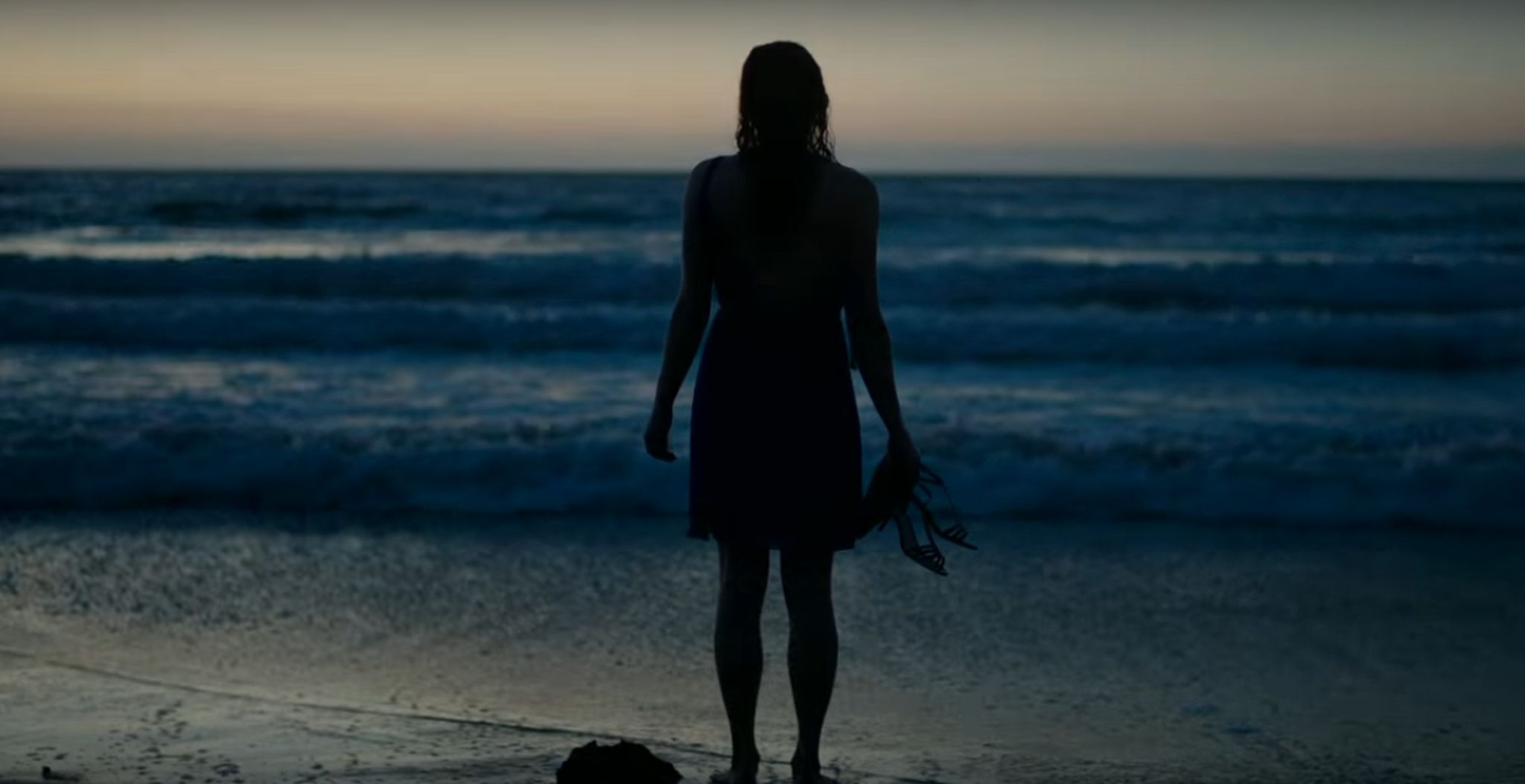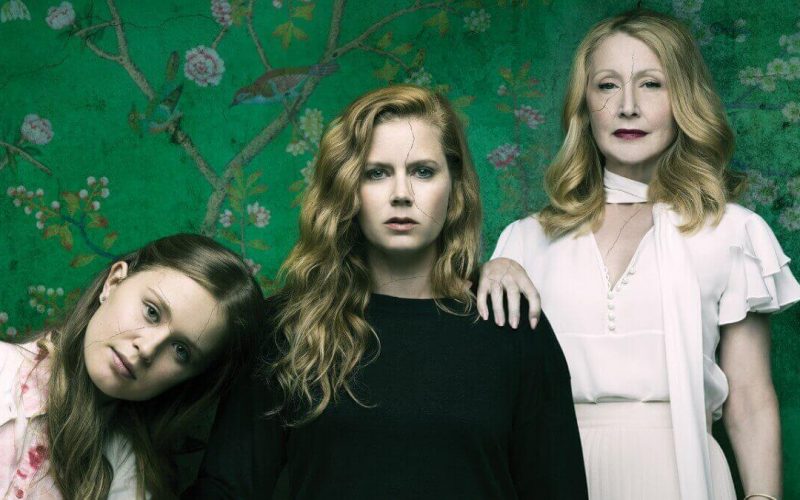How director Jean-Marc Vallée Visualizes Trauma in Sharp Objects and Big Little Lies.
Jean-Marc Vallée has, at least for the time being, left the cinema behind to take on new challenges in the world of television. His third limited series has been set in motion at HBO, on the back of directing every episode for 2017s Big Little Lies (the second season on which he assisted in post production) and 2018’s Sharp Objects. The former follows a group of mothers trying to navigate the social world of their seaside town while raising their respective children, while the latter sees an investigative journalist return home to cover a story on the murders of two young girls.
Both shows share a number of similarities; at the center of each are women with very real, contemporary problems relating to motherhood, mental illness, abuse, and addiction. They each revolve around a murder mystery that comes second to the daily drama that orbits the lives of their characters. And the music is unconventional and minimal, there to convey emotion or explore a character’s personality and internal reality but rarely to raise the stakes. Sharp Objects in particular uses diegetic sound – music that is part of the setting, playing through speakers, instruments etc. – and while Big Little Lies is similar, it more often crosses into non-diegetic territory.

This is where Vallée’s editing and sound design begin to explore the psychology of his characters. Music is a key facet to Camille Preaker (Amy Adams), a woman who habitually plays the same songs on repeat as a coping mechanism. Sharp Objects utilizes simple inserts of her behind the wheel of her car, music blaring, as a kind of thematic thread between scenes. The insights these moments offer are compelling in their own right. Camille seems rather absent here. The music is white noise, because it’s not so much about the music as the effect it has on her. It’s her escape, a way out of the physical space she’s in. It’s detrimental to her maintaining what little sanity and control she has left.
The music in Big Little Lies is slightly less organic, and often transitions into an emphatic eruption of noise as part of the show’s chaotic appeal – an abrupt, sharp crescendo that only adds to the frantic social climate of an otherwise tranquil locale. While it employs a non-linear style to tease out the looming murder, cutting to-and-from background characters being interviewed in its aftermath, Sharp Objects is more directly structured to peer further into Camille’s tortured soul. Frequent flashbacks delve into her childhood, both to moments of horror and of joy. These flashbacks occur at unpredictable times, often spurred by a place or an object that Camille finds in and around her small-town suburban birthplace.

Vallée reuses a trick he implemented in Dallas Buyers Club, his last feature film before the move to HBO, about a man diagnosed with AIDs. Vallée’s visual cues give us insight into this ill, declining mind. When given thirty days to live, the number stands out in red ink on the calendar hanging from the wall. When he’s alone at the rodeo, he sees a clown sitting out in the middle. Cut back to it moments later, and the clown is gone. This trick is used extensively, and even more appropriately, in Sharp Objects. Camille, covered in self-inflicted scars, sees words etched into the things around her that aren’t really there. It’s hallucinatory, giving Camille something of an out-of-body experience as she sees the words on her body appearing out in the world.
Vallée’s subtle changes of perspective separate the real from the illusion, and often the central character’s point of view creates an added level of empathy. Long takes suggest a fundamental confidence in the performers, who are allowed the space to convey layers of emotion in nuanced ways without interference. This is most prominent in Big Little Lies, which is bolstered with such a wealth of talent that Vallée himself must have been in awe on set. Cars are difficult places to shoot, and rather claustrophobic, but some of the best scenes across both shows embrace these limitations by simplifying things. In Dallas Buyers Club, Ron Woodroof pulls over on the side of the road and weeps for his waning life. The camera doesn’t move any more than it needs to. The acting is everything. A moment like this though comes after denial and there’s plenty of denial in the hearts of the characters in these stories.
Celeste (Nicole Kidman) is a key example. In Big Little Lies she is the character with the idealized life, the envy of the social world. Of course, her marriage is not at all as pristine as it looks. It’s an abusive one, often physical but also emotional. And Celeste’s trajectory is clear; she at first flat out denies it, then chooses to take fault for their flaws to try and free her husband from blame, before eventually succumbing to the more uncomfortable truth that she is indeed a victim, and it’s only going to get worse. Once denial subsides, we have to take action. And that’s a terrifying thing. Everybody faces these dilemmas, in one way or another, at one time or another. Camille is never in denial about the affect her hometown has on her, though the real, rotten truth at the heart of her family is certainly difficult for her to swallow. Not to mention her pain has dug its claws deep before the story even begins.

Memory is an inherently unreliable thing. Camille’s memories are tainted by the way in which her adult mind has naturally manipulated them, mostly by what she failed to recognize as a child. In Big Little Lies, Jane is a mother whose son is the result of one horrific night. Memories of that night are flung out in tiny increments, flashes of frequent reminders. Jane’s mind fails her when she tries to identify what that person even looks like. Vallée proves more than competent at crafting trauma in a meaningful way, with Camille and Jane experiencing an endless reflection on their bleak pasts. The style proves far more effective than a more linear retelling might have been in each story, Vallée opting for a less-is-more approach but doling it out in the same way that we might recall our own past. Nothing ever really floods back all at once. It’s a smell, or a piece of clothing, an old gift, or what seems like nothing at all, that can take us back for a brief, unpleasant moment, before the present takes its shape again around us.
Sometimes the mundane can be made to feel extraordinary, and the most common adversity the most horrifying. Some of the most riveting stories are the ones that hit closest to home. Vallée dresses both shows in modern clothing, gives us attractive, proven stars, and offers powerful, relatable characters through which to tell his narratives. The writers on both shows do wonderful work, but Vallée’s style adds a great deal of substance. These characters leave a deeper mark simply because the way they experience life mimics our own.

Season 2 of Big little Lies is currently airing now.

